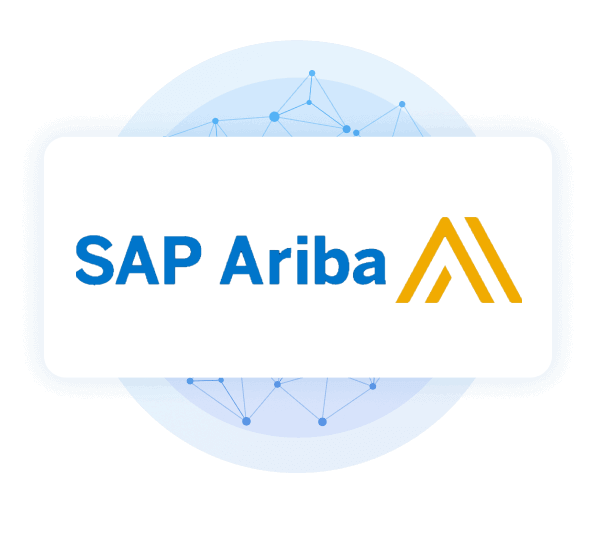Discover how a bimodal integration strategy can address the major data management challenges facing your organization today.
Get the Report →CData Software - Knowledge Base
Latest Articles
- Replicate Data from Multiple Files in an Amazon S3 Bucket Using CData Sync
- Replicate Data from Multiple Local Files Using CData Sync
- Driver Guide: Marketing Analytics Predefined Reports
- Displaying Data from Related Tables Using Angular with Connect Server
- Deploying CData Sync in a Kubernetes Environment
- Excel Add-In Getting Started Guide
Latest KB Entries
- Jetty Security Notice Overview
- Upsert Salesforce Data Using External Id in SSIS
- NuGet Repository Overview
- SAP Drivers Overview
- Embedded Web Server (.NET) - Potential Medium Security Vulnerability
- Configuring Incremental Replication in CData Sync
ODBC Drivers
- [ article ] Visualize Google Sheets Data in Tableau
- [ article ] Analyze Salesforce Data with PowerPivot
- [ article ] Video: Connecting with MongoDB Data from Microsoft ...
- [ article ] Using Mail Merge with Salesforce, SharePoint, or ...
JDBC Drivers
- [ article ] Using CData JDBC Drivers from IntelliJ IDEA
- [ article ] A Comparison of Database Drivers for MySQL
- [ article ] Use CloverDX (formerly CloverETL) and CData JDBC ...
- [ article ] Use Crystal Reports to create reports with ...
SSIS Components
- [ article ] Deploy CData SSIS Components on Azure Data Factory
- [ article ] Access NetSuite Sales Orders in Dynamics CRM
- [ article ] Connect QuickBooks to SQL Server through SSIS
- [ kb ] SSIS Components: Source Output ColumnName Does Not ...
ADO.NET Providers
- [ article ] How to connect Salesforce to SQL Server with SSIS
- [ article ] Access SAP Tables and SAP Queries using CData SAP ...
- [ article ] Excel Files as Data Sources Using CData ADO.NET ...
- [ article ] Connect to Nonstandard OData Services
BizTalk Adapters
- [ article ] How to Generate SQL Command Schemas for the CData ...
- [ article ] Tutorial: Create and Process Updategrams with the ...
- [ article ] How to Execute Stored Procedures with the CData ...
- [ article ] How to Generate Updategrams with the CData BizTalk ...
Excel Add-Ins
- [ article ] Excel Add-In Getting Started Guide
- [ article ] Excel Files as Data Sources Using CData ADO.NET ...
- [ article ] Excel Spreadsheet Automation with the CDATAQUERY ...
- [ kb ] Access QuickBooks Custom Fields in Excel
API Server
- [ article ] Launch the CData Sync Azure VM on Microsoft Azure
- [ article ] How to Build Dynamic React Applications with ...
- [ article ] Connect to Dynamics NAV with the CData OData ...
- [ article ] Launch the CData Connect Azure Virtual Machine
Data Sync
- [ article ] Supporting CDC from a Oracle Multitenant ...
- [ article ] Start with CData Sync Part 1: Licensing, Creating ...
- [ article ] CData Sync - History Mode
- [ article ] Configuring Clustering for CData Sync
Windows PowerShell
- [ article ] Import QuickBooks Online Data to QuickBooks ...
- [ article ] Start and Stop Windows Services Using the CData ...
- [ article ] PowerShell Cmdlets Getting Started Guide
- [ article ] Query Google Calendars, Contacts, and Documents ...






